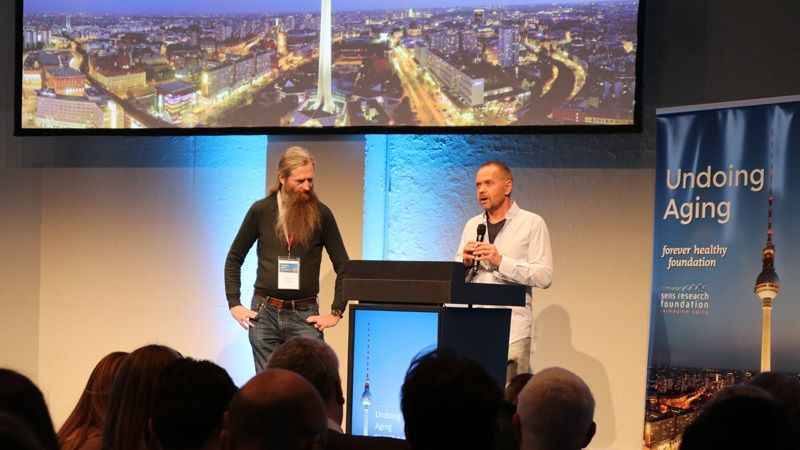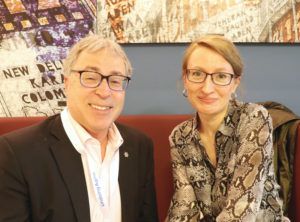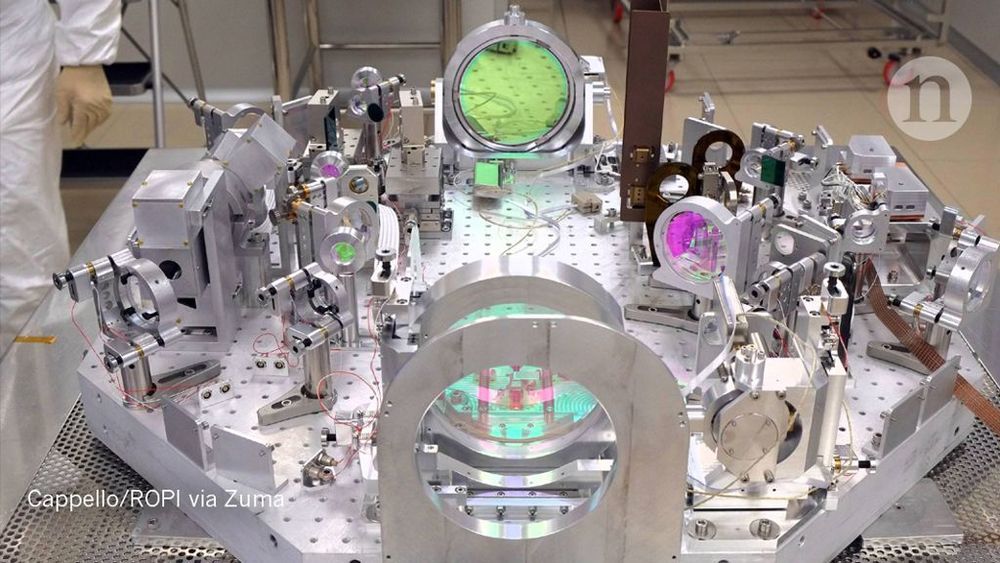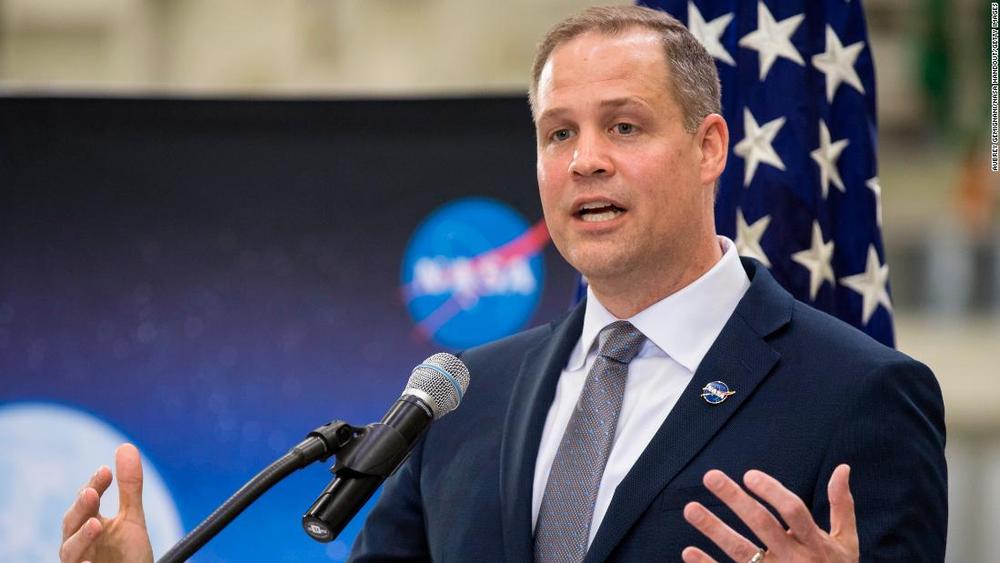We’re headed toward a future in which anyone who needs a new heart gets one.




The 5-foot-tall (1.5 meters) Beresheet fired its engines for a little over a minute early this morning (April 1), altering its trajectory slightly to prepare for a planned capture into lunar orbit on Thursday (April 4).
If all goes according to plan, the robotic lander will touch down on the moon one week later, on April 11. That will be a huge milestone. To date, the only organizations to pull off a soft lunar landing are superpower governments — the Soviet Union, the United States and China.
Related: israel’s 1st moon lander beresheet in pictures.

LEAF Director Elena Milova shares a report from the recent Berlin Undoing Aging conference with you today. Hosted by the Forever Healthy Foundation and SENS Research Foundation, the event saw the leading figures in aging research come together for this superb conference.
The day after I got back from the Undoing Aging 2019 scientific conference, which was jointly organized by the SENS Research Foundation and Forever Healthy Foundation, Moscow greeted me with the first sunny days of the spring. Still tired and lacking sleep, but happy and inspired, I want to share my impressions of this year’s conference with you.
Actually, I began preparing for this event in the autumn of 2018, when it was first announced. I booked the hotel well in advance, including some spare rooms that could be transferred to our partners later on. B&B Alexanderplatz is located next to the conference venue Umspannwerk Alexanderplatz, literally next door, and it has a nice social space in the lobby, making it very handy for setting appointments with business partners, so we at LEAF decided to make it our headquarters once again. I arrived on March 26th, got some brief rest, and went downstairs to work while also keeping an eye on who was arriving.

Not long after I sat down, I saw some very familiar faces, as Maria Entraigues-Abramson and her husband Gary Abramson arrived. As part of the organizers’ team from the SRF, they came to Berlin early to help coordinate the preparation. Next, I saw our own VP Dr. Oliver Medvedik and his super-energetic friend, Jean Lam. Last but not least, I met Anna Dobryukha, the chief of the medical department at Komsomolskaya Pravda; she is one of the most famous Russian journalists writing about aging and longevity.

Nuclear power can provide inexpensive electricity with little in the way of emissions, but there’s a catch: it produces horrifying radioactive waste that can remain deadly for thousands of years.
Enter Gerard Mourou, the Nobel Prize-winning subject of a fascinating new Bloomberg profile. He says that high-intensity lasers could one day render nuclear waste harmless in just a few minutes — a concept which, if realized, could make nuclear power a vastly more appealing energy option.


It is fitting, then, that the groundbreaking research he’s done on mental health has, in a very real way, improved the lives of millions of people in the developing world.
Dr. Patel is the 2019 recipient of the prestigious John Dirks Canada Gairdner Global Health Award, which recognizes “his world-leading research in global mental health, providing greater knowledge on the burden and the determinants of mental disorders in low- and middle-income countries and pioneering approach for the treatment of mental health in low-resource settings.”
Dr. Patel, a professor of global health at Harvard University, said, modestly, that his greatest achievement is “having generated knowledge to change hearts and minds about the importance of mental health everywhere in the world.”

India’s anti-satellite missile test created at least 400 pieces of orbital debris, the head of NASA says — placing the International Space Station (ISS) and its astronauts at risk.
NASA administrator Jim Bridenstine said Monday that just 60 pieces of debris were large enough to track. Of those, 24 went above the apogee of the ISS, the point of the space station’s orbit farthest from the Earth.
“That is a terrible, terrible thing to create an event that sends debris at an apogee that goes above the International Space Station,” Bridenstine said in a live-streamed NASA town hall meeting. “That kind of activity is not compatible with the future of human spaceflight.”

Google recently appointed an external ethics council to deal with tricky issues in artificial intelligence. The group is meant to help the company appease critics while still pursuing lucrative cloud computing deals.
In less than a week, the council is already falling apart, a development that may jeopardize Google’s chance of winning more military cloud-computing contracts.
On Saturday, Alessandro Acquisti, a behavioral economist and privacy researcher, said he won’t be serving on the council. While I’m devoted to research grappling with key ethical issues of fairness, rights and inclusion in AI, I don’t believe this is the right forum for me to engage in this important work,’’ Acquisti said on Twitter. He didn’t respond to a request for comment.

http://www.undoing-aging.org/news/professor-richard-barker-t…nbrFm8JTxA
Richard is an internationally respected leader in healthcare and life sciences. He says: “I’m focused on accelerating precision medicine technologies to advance our healthy lifespan”.